An Op art vocabulary is well suited to record one of the popular decorative arts that Harold Town (1924–1990) relished—the Christmas tree. His own tree was legendary for the incredible number of ornaments it always held. Silent Light No. 11, 1968–69, is one of a series of paintings he produced that were sparked by the visual memory of a floor covered with broken Christmas tree balls. Town created this technical tour de force with a complex agenda in mind: “‘I was interested in the problem of ultimate depth and the immutable two-dimensional surface. There are implied infinities all over the canvas,’ says Town as he points to the largest one of all, which he dubbed his own Vermeer.”

Harold Town, Silent Light No. 11, 1968–69
Oil and Lucite on canvas, 132.1 x 132.1 cm, estate of Harold Town
How could Town connect this painting with Johannes Vermeer (1632–1675)? He had long been interested in Piet Mondrian (1872–1944), whose work is noted for its order and structure, and Vermeer’s work shared those qualities. He was a master, too, of rendering light and space. Here Town interweaves random curvilinear shapes (the fragments of broken glass balls) with the surface dazzle of Op art and integrates both into a highly ordered composition. In a 1967 catalogue essay on Town, his dealer, Jerrold Morris, sums up the priorities that came to the fore in his late 1960s work: “It is characterized by complexity controlled by intelligence, lyricism contained by formality.”
This Spotlight is excerpted from Harold Town: Life & Work by Gerta Moray.
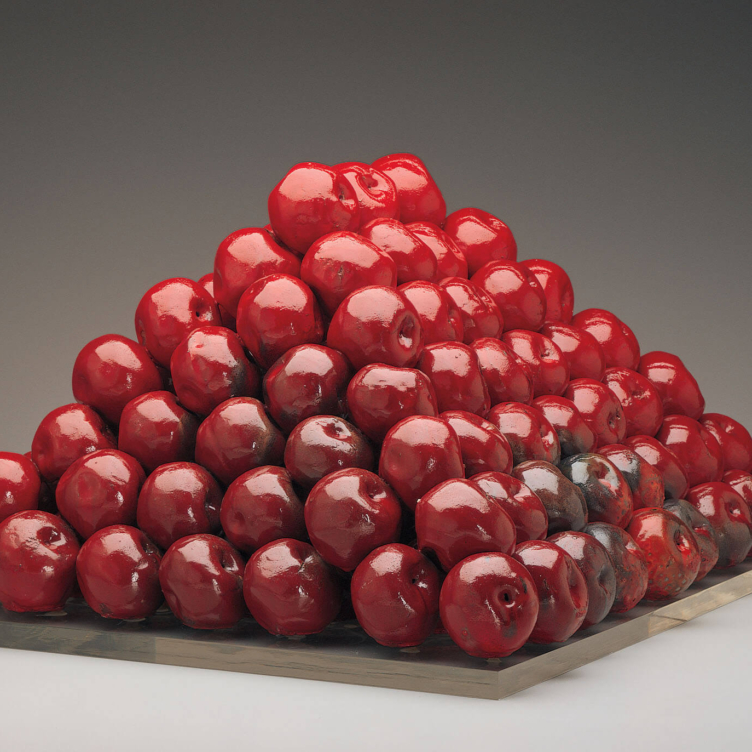 Pyramid Scheme
Pyramid Scheme
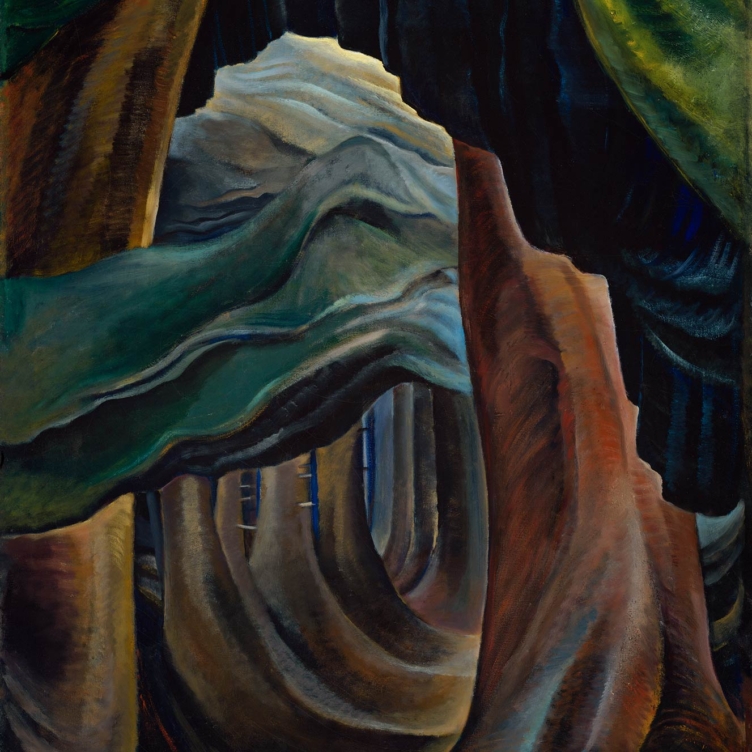 Transportive Trunks
Transportive Trunks
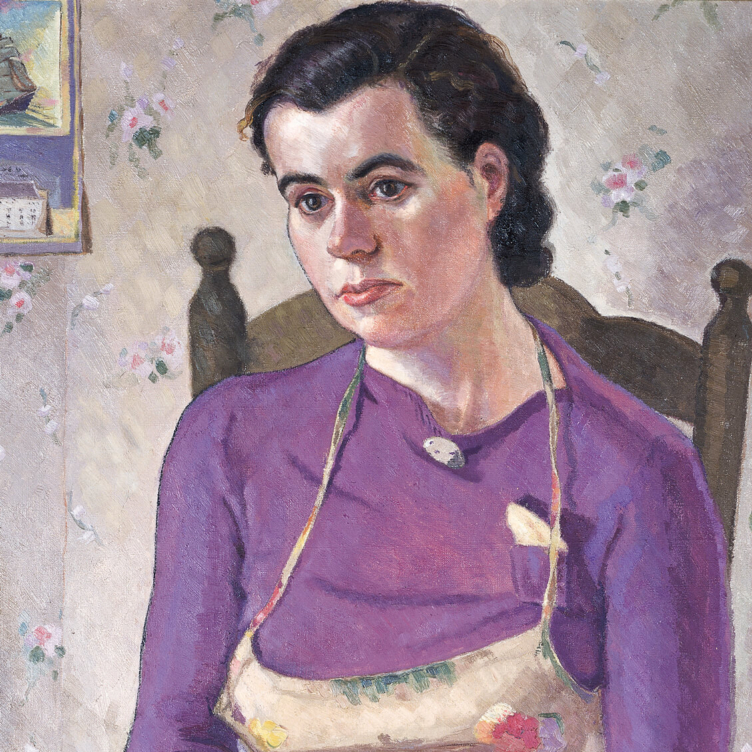 The Military Mate
The Military Mate
 Looking Up on the World
Looking Up on the World
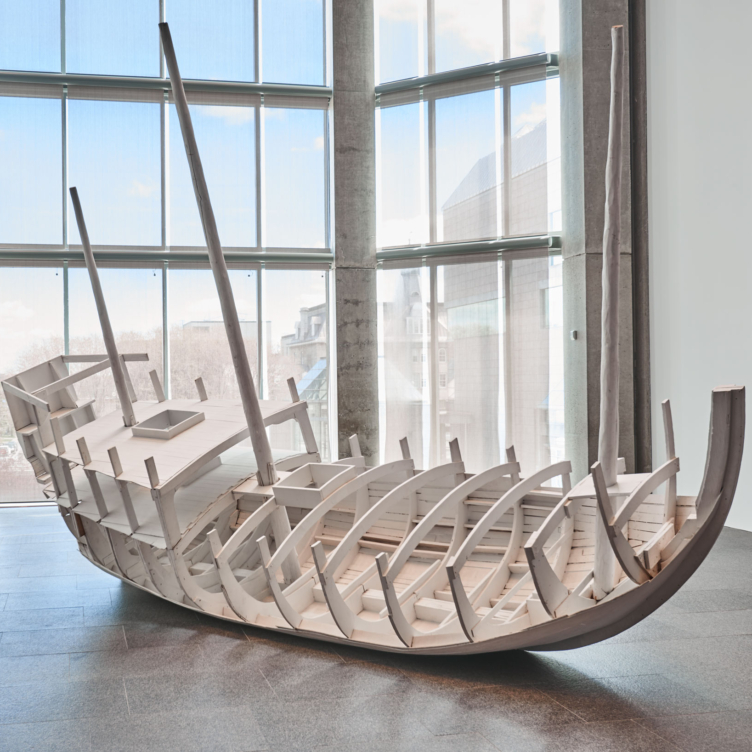 Vessel of Despair
Vessel of Despair
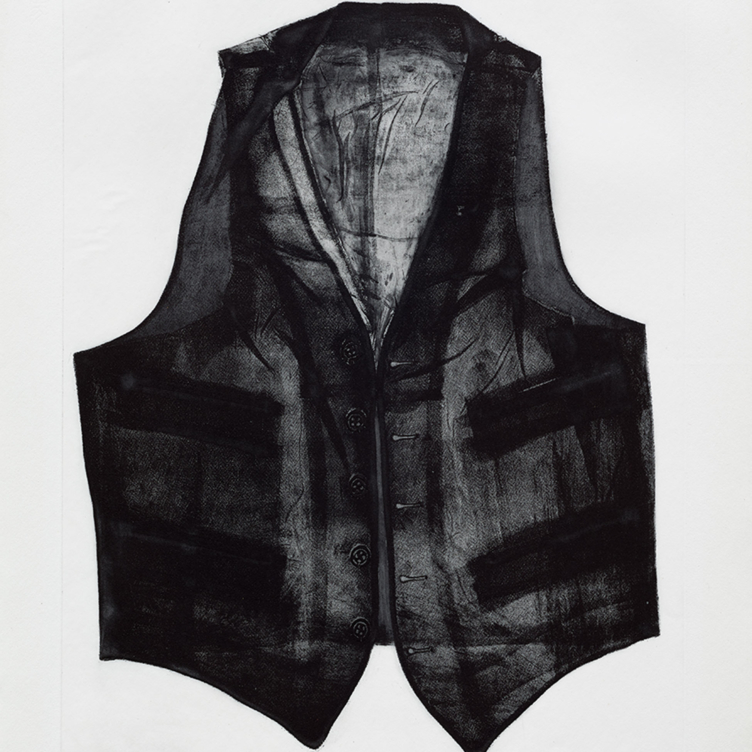 Layers of Meaning
Layers of Meaning
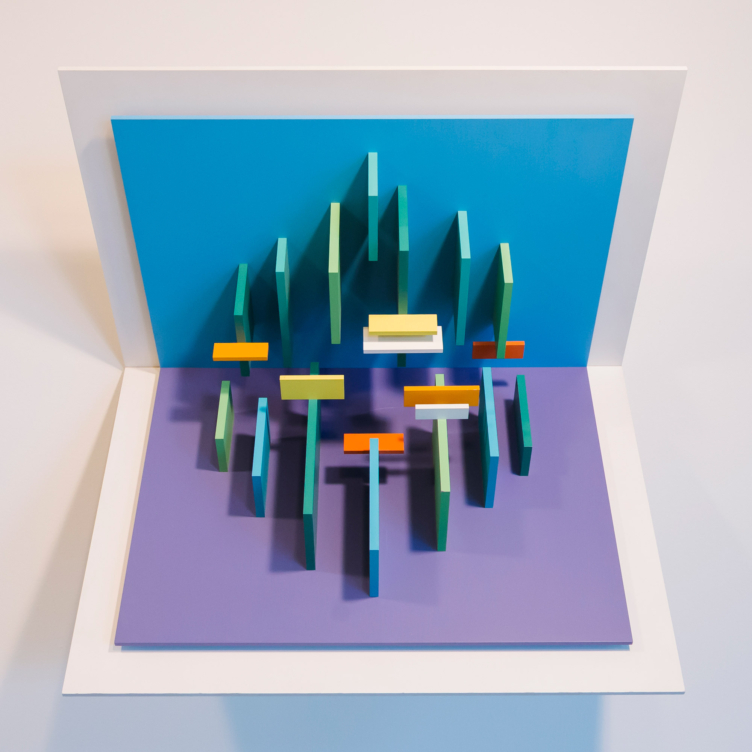 In Parallel to Nature
In Parallel to Nature
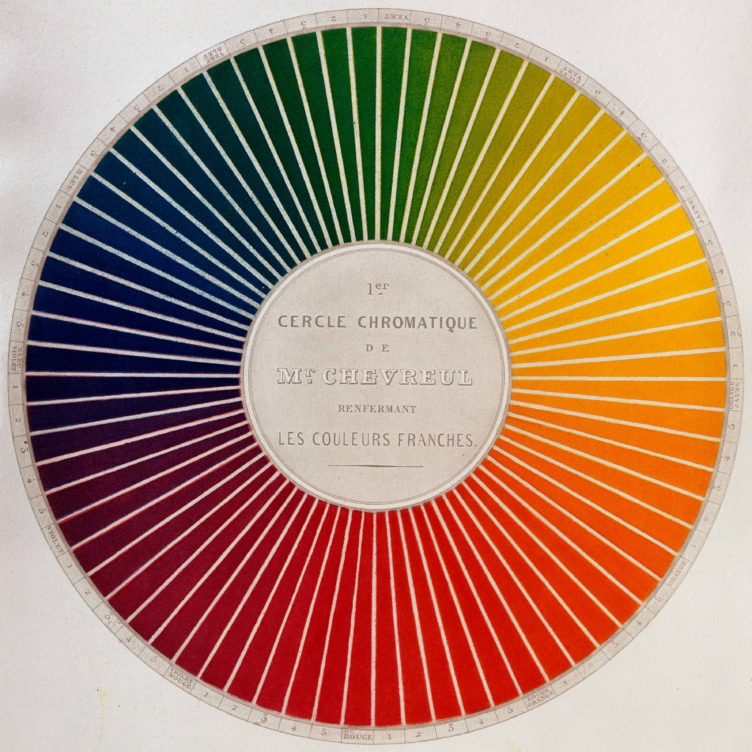 Wheel of Fortune
Wheel of Fortune
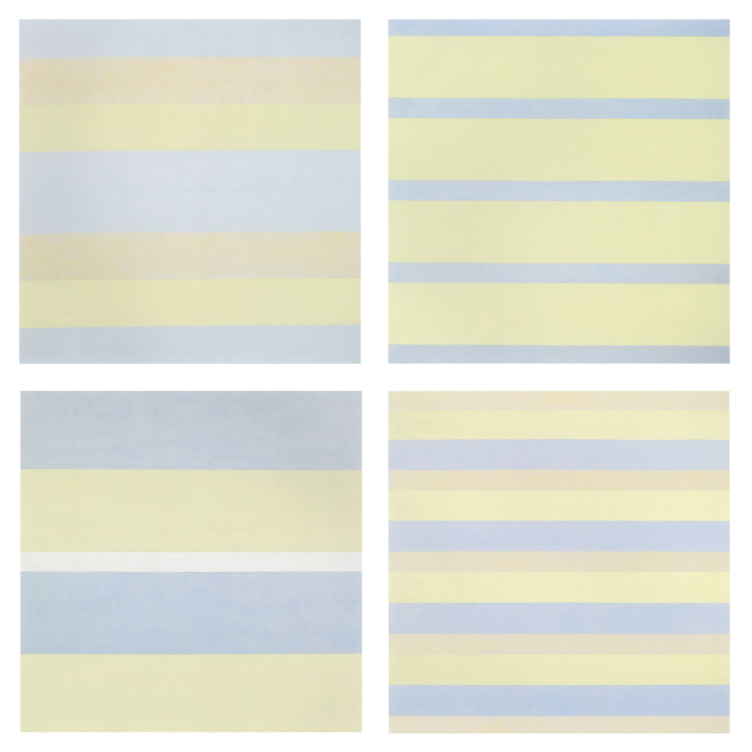 Paintings after emotional states
Paintings after emotional states
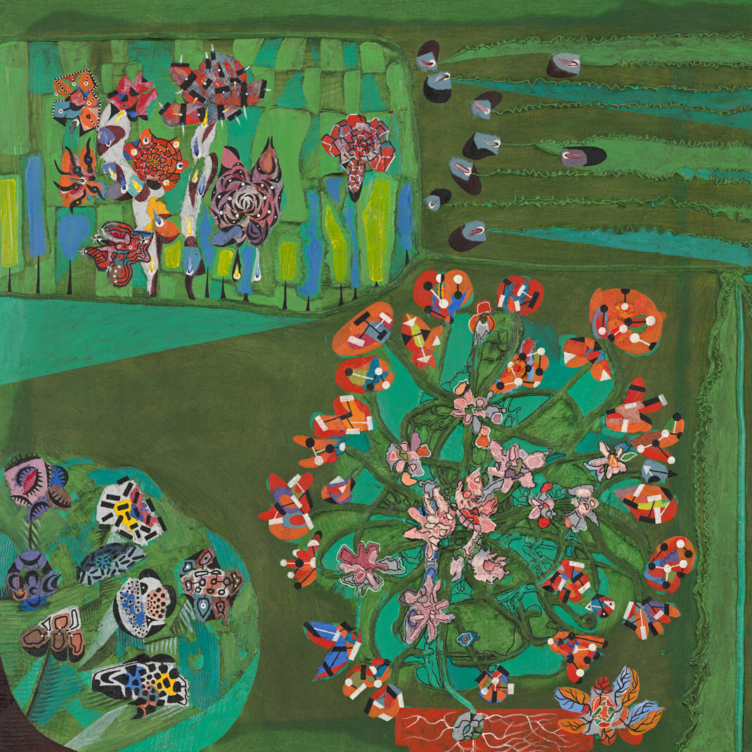 Garden of Delight
Garden of Delight
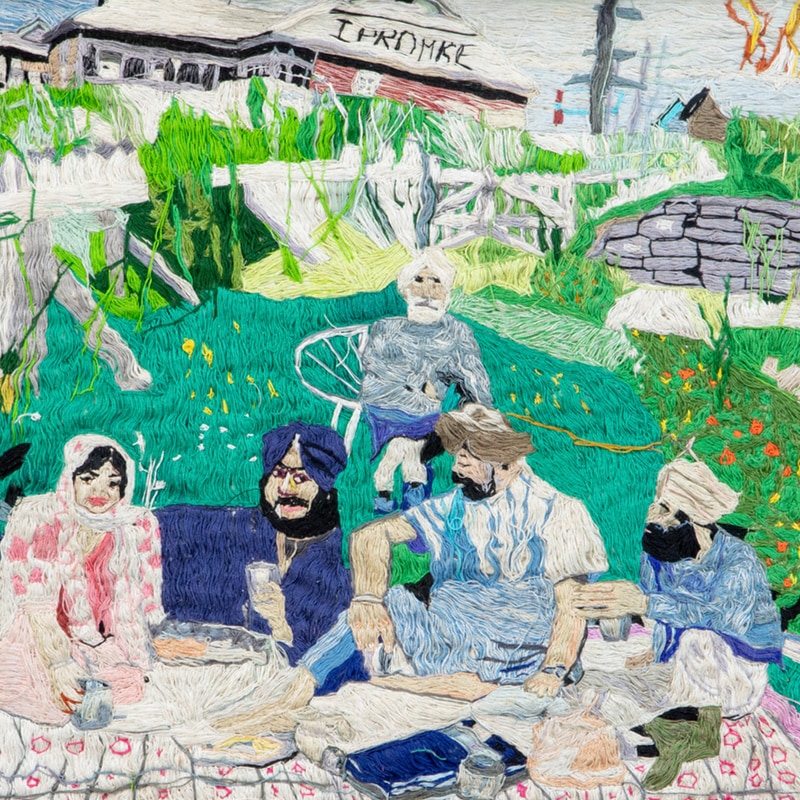 Stitching the Archives
Stitching the Archives
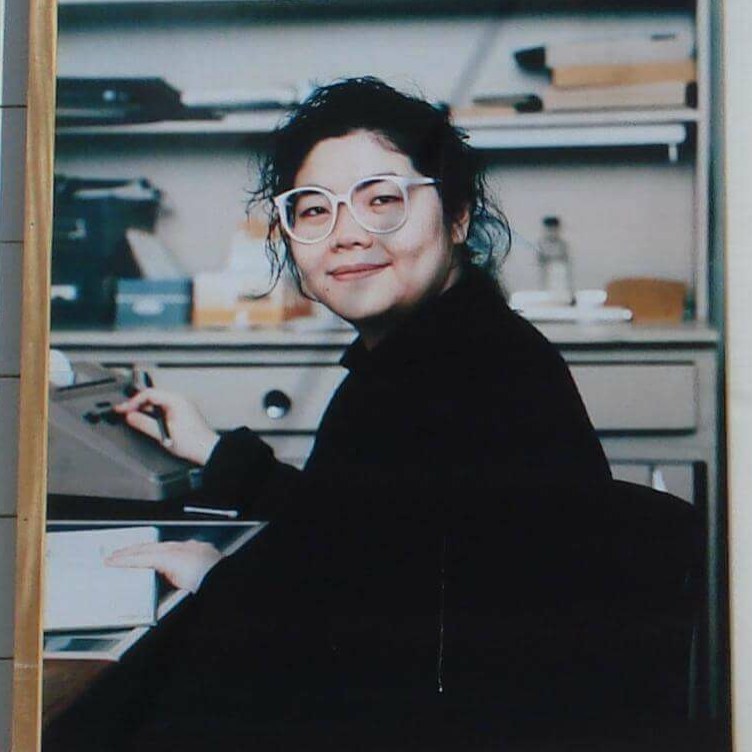 A Working-Class Hero
A Working-Class Hero
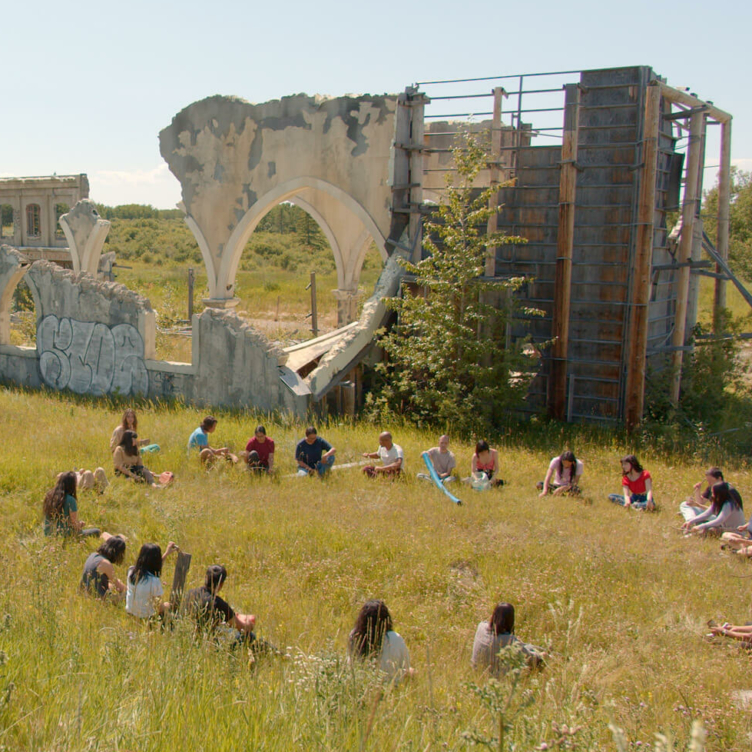 Imagining Entangled Futures
Imagining Entangled Futures
 Bridging Far and Near
Bridging Far and Near
 Soft Power
Soft Power
 Imagining Emancipation
Imagining Emancipation
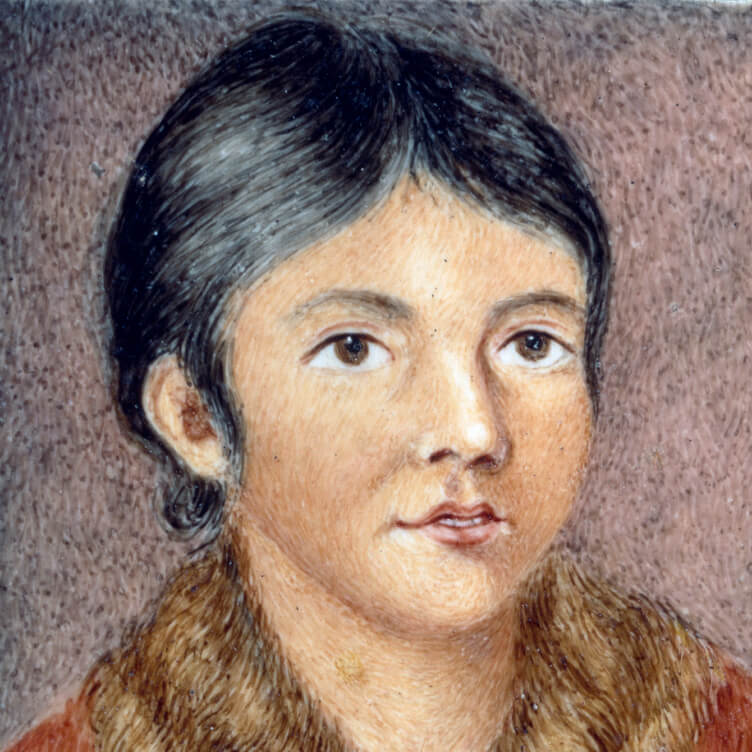 A Priceless Portrait
A Priceless Portrait
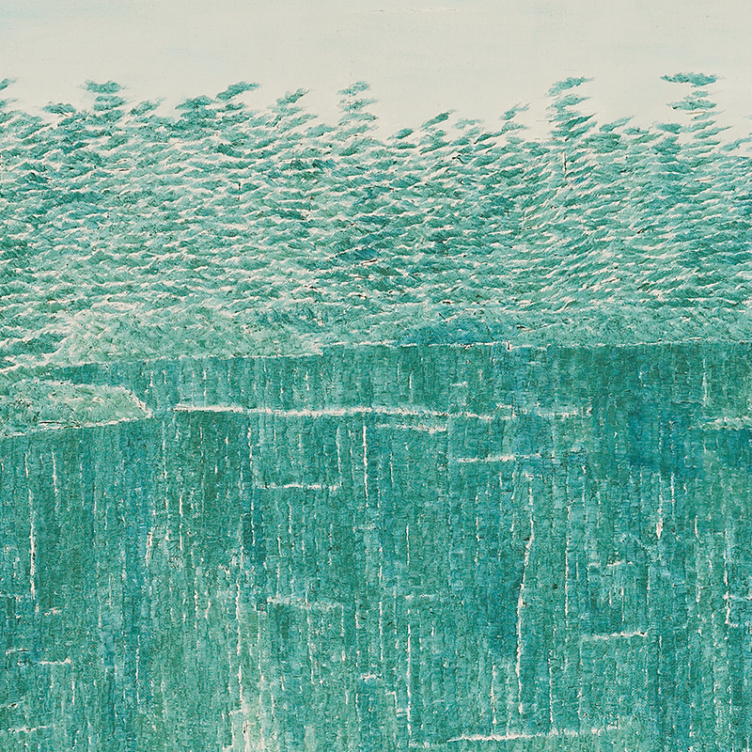 Meditation in Monochrome
Meditation in Monochrome
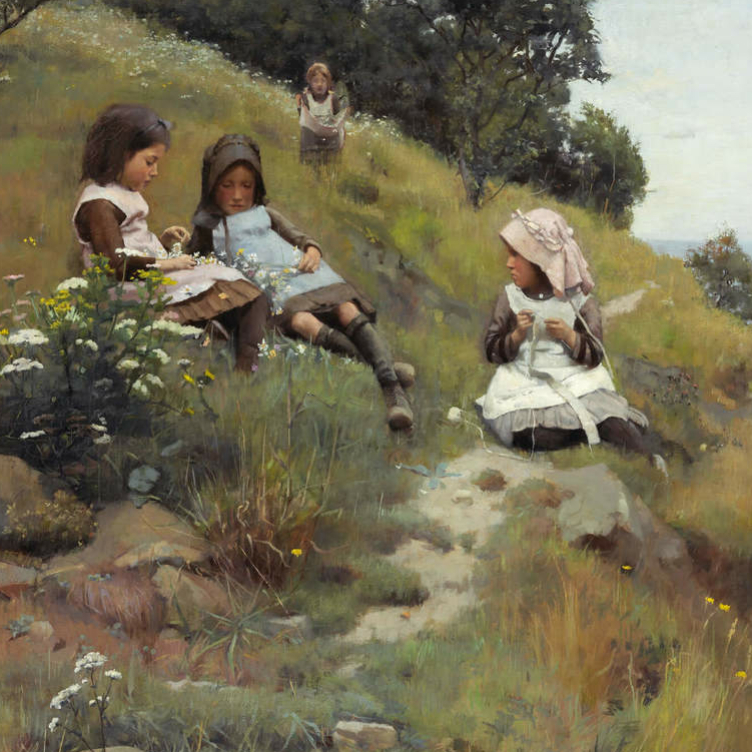 Making His Mark
Making His Mark
 Honour and Sacrifice
Honour and Sacrifice